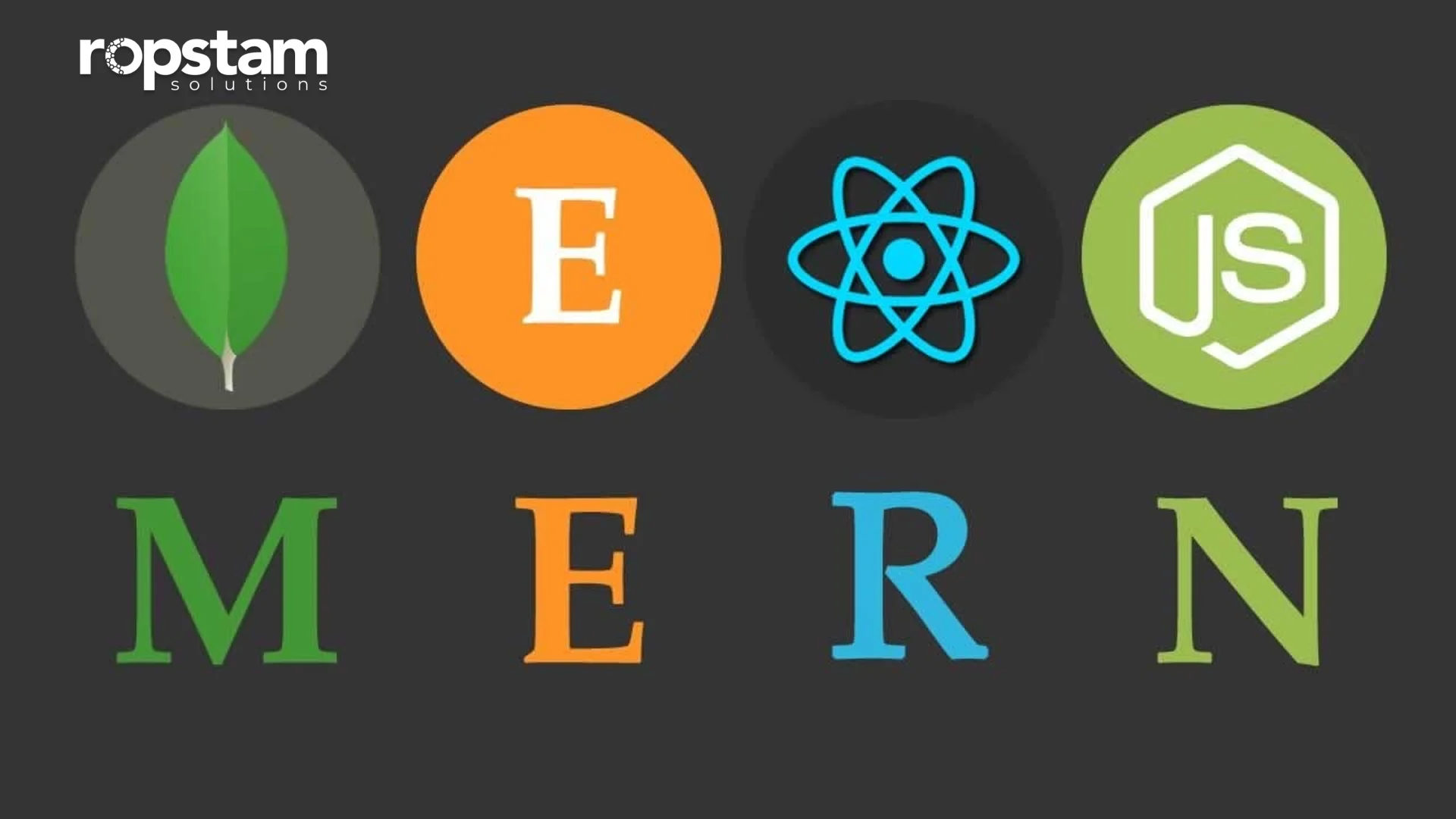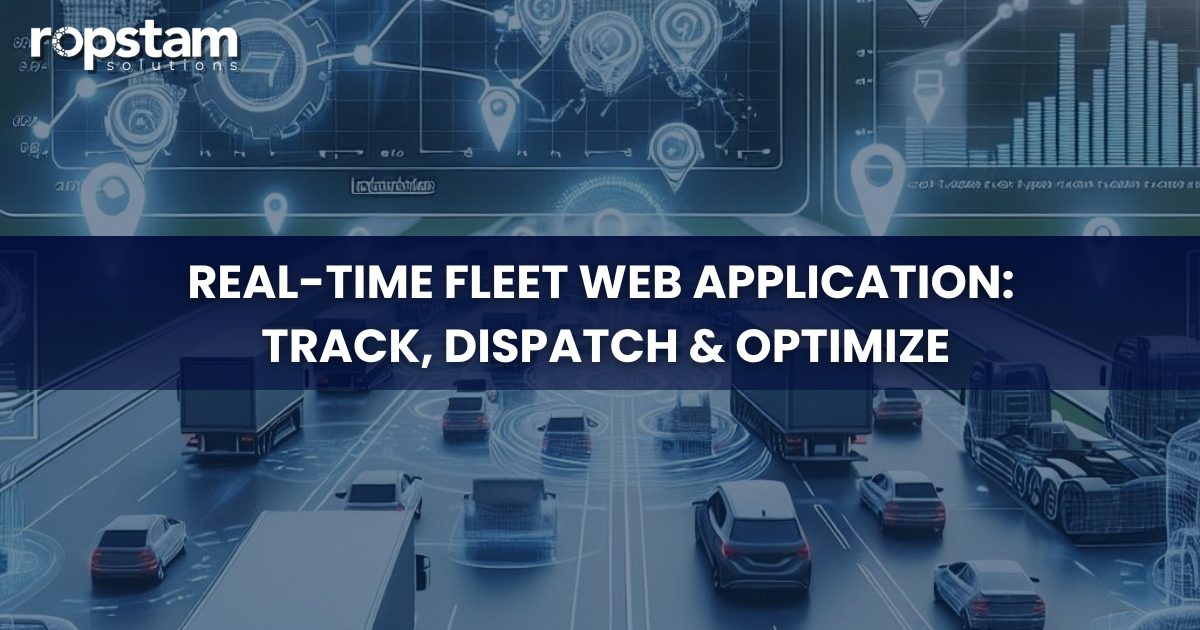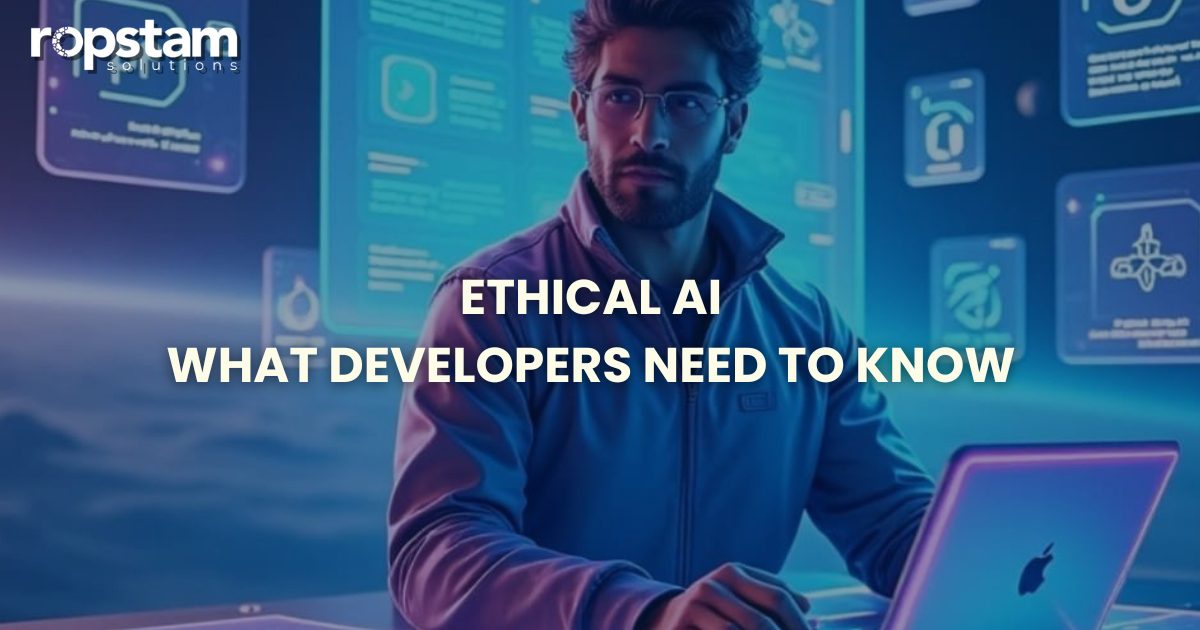Introduction
In modern web development, especially within complex full-stack applications like those built using the MERN stack (MongoDB, Express.js, React, and Node.js), state management is a pivotal concern. As applications scale, the need to efficiently handle and synchronize data across components, services, and user sessions becomes increasingly essential. From handling local component states in React to managing global application-wide states and syncing frontend state with backend databases, a well-structured state management strategy ensures stability, scalability, and performance.
This blog dives into state management strategies within MERN stack applications. It explores how React handles state, the distinctions between local and global state, the popular tools that enhance state handling, and how state coordination across frontend and backend components ensures a seamless user experience.
Why State Management is Critical in MERN Projects
In a MERN application, where the client and server operate asynchronously, managing the state becomes vital to maintain data consistency and user interaction flows. Consider a simple e-commerce app. A user adds a product to the cart, modifies quantities, and proceeds to checkout. These actions involve not just UI changes but data transformations, API requests, and real-time updates from the server.
Without an effective state management system:
- UI may not reflect real-time data changes.
- Data inconsistencies between client and server can arise.
- Debugging becomes cumbersome due to scattered or untracked state transitions.
- Component reusability and maintainability diminish as applications grow.
Thus, robust state management ensures the app behaves predictably, reduces unexpected bugs, and improves the development lifecycle through better code organization and testability.
React State Management
React, the frontend library in MERN, uses a declarative approach to UI development. At the core of React’s interactivity is its state system. In functional components, state is primarily handled using the useState and useReducer hooks, while class components rely on this.state and setState.
Local vs Global State
Local State is contained within a single React component. It’s best used for data that doesn’t need to be accessed by other components. Examples include form inputs, toggles, or animations.
Global State, on the other hand, is accessible across multiple components. It becomes critical when working with user sessions, themes, language settings, cart data, or any feature that must persist across the application.
While local state is lightweight and simpler to manage, overreliance on it in larger applications can lead to inconsistent UI, code duplication, and difficulty in debugging. Global state brings structure, but if not handled carefully, can introduce unnecessary complexity and performance bottlenecks.
The decision to use local or global state depends on:
- Scope: Is the data only relevant to one component?
- Persistence: Does it need to persist across routes or reloads?
- Frequency of Updates: Is the data changing often, and does it affect multiple parts of the app?
Exploring Popular State Tools in MERN Projects
To manage state effectively, developers leverage powerful tools and libraries that provide structure and flexibility.
Context API
React’s built-in Context API is a lightweight solution for small to medium-sized applications. It allows you to share global state across components without using third-party libraries. However, it can lead to performance issues if not optimized using techniques like memo
Zustand
Zustand is a minimal, fast, and scalable state management library that offers a simpler alternative to Redux. It’s built on hooks and doesn’t rely on a provider like Context API. Zustand is particularly suited for medium-scale applications that need shared state but without the overhead of Redux.
React Query (TanStack Query)
Unlike traditional state management, React Query focuses on server state — data fetched and updated via APIs. It provides caching, background updates, and synchronization features. It’s ideal for applications that rely heavily on data fetching from APIs, such as dashboards, listings, or analytics tools.
While React Query doesn’t replace global state, it complements it by abstracting data fetching logic, making the state more predictable and the codebase cleaner.
Coordinating Frontend and Backend States in MERN
A major challenge in MERN applications is synchronizing frontend state with backend changes. For example, when a user updates their profile, the frontend must update the local state, and the backend must persist this update in the database.
Optimistic Updates
A technique where the UI updates immediately before the backend confirms the change. This improves user experience by offering instant feedback, but requires error handling to roll back changes if the server fails.
API-driven State Updates
React components dispatch actions or use async functions to communicate with backend APIs (Node.js + Express). The response is then used to update the state in Redux, Context, or any other state container.
Maintaining synchronization requires strategies such as:
- Caching responses where needed
- Refetching data after mutations
- WebSockets or Server-Sent Events (SSE) for real-time sync
- Using middleware like Redux Thunk or Redux Saga to handle side effects cleanly
Node.js & Express
On the backend, Node.js and Express act as the intermediary between the frontend and the database. State management on the server typically revolves around:
- Session management: For tracking user logins using tokens or session cookies
- Request handling: Mapping frontend state changes to appropriate business logic
- Data validation and transformation: Ensuring consistent state formats before persistence
- Middleware flow control: Managing async requests and authentication flows
Express simplifies request routing and middleware layering, ensuring the backend maintains a consistent state regardless of frontend implementations.
For temporary server-side state (such as active socket connections or in-memory job queues), developers use solutions like Redis or Node-cache.
MongoDB as a Dynamic State Source
MongoDB, the NoSQL database in MERN, plays a central role in state persistence. Unlike frontend state which is temporary and session-based, MongoDB ensures that critical application states such as user data, configurations, and transactions are stored permanently.
MongoDB’s schema-less design gives flexibility, especially when storing dynamic and user-generated data. With tools like Mongoose, developers can define data models and enforce validation rules.
Key roles MongoDB plays in state management:
- Permanent Data Store: User sessions, orders, messages, etc.
- State Recovery: Rehydrating application state after reload or crash
- Real-time Updates: With change streams or integrations with WebSockets, MongoDB enables real-time synchronization across clients
- Atomic Operations: Ensuring consistency in critical updates (like financial transactions or inventory changes)
In a typical MERN app, MongoDB works alongside Node.js to expose REST or GraphQL APIs, which are consumed by React to update or retrieve the current state.
Conclusion
Effective state management in MERN stack applications is both an art and a science. From handling local UI state to syncing global application data with backend databases, the choice of strategy significantly impacts performance, maintainability, and scalability.
As MERN applications become increasingly dynamic, choosing the right state management approach — and knowing when to use it — becomes a key factor in delivering seamless user experiences and building robust software systems.
By integrating these state management strategies wisely, developers can ensure that their MERN applications are not only reactive and interactive but also stable, scalable, and ready for future growth.













